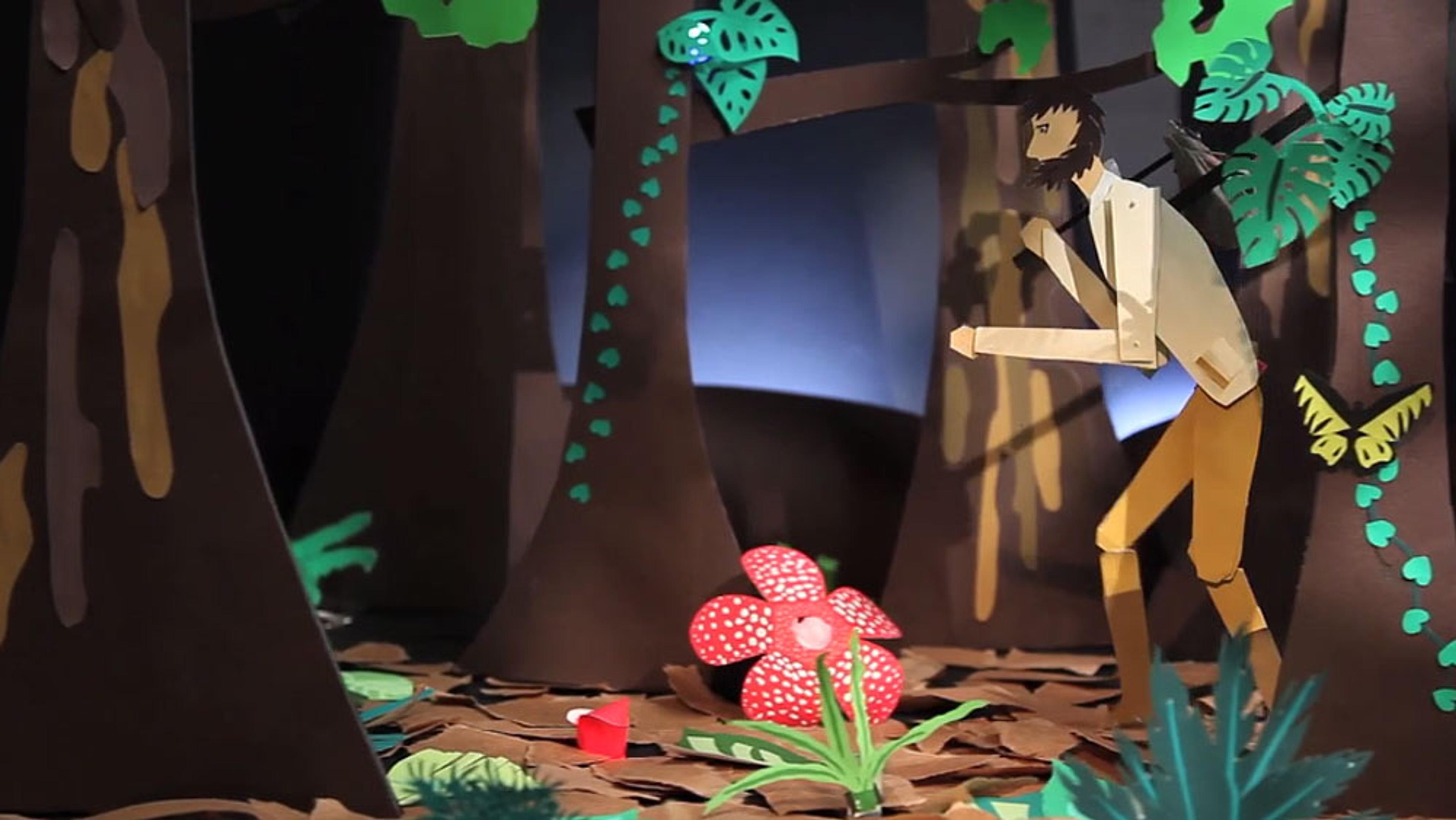‘The American aborigines, Negroes and Europeans differ as much from each other in mind as any three races that can be named; yet I was incessantly struck, whilst living with the Fuegians on board the “Beagle”, with the many little traits of character, showing how similar their minds were to ours.’ – Charles Darwin in The Descent of Man, and Selection in Relation to Sex (1871)
Charles Darwin had a complex relationship with race. In his writings, passages reflecting convictions of European superiority, then common among his peers, today read as nakedly racist. However, he found reason to oppose slavery in his firm belief that all humans were part of a single, unified species, and through his personal experiences, including the cruelties he observed during his travels. The complexities of his views are well captured in his writings on the Indigenous peoples of Tierra del Fuego – an archipelago at the tip of South America – to whom he ascribed a ‘savage’ character, yet in whom he recognised a common humanity and an extraordinary ability to survive in a rugged landscape.
The first ‘Fuegians’ he encountered weren’t in South America but aboard the first leg of his famed voyage on HMS Beagle in 1831. Two young men and a girl of the Alacaluf people and one Yahgan boy had been kidnapped by the ship’s captain, Robert FitzRoy, during an expedition in the previous year and were later brought to England in an attempt to ‘civilise’ them. One of the men died soon after arriving in Plymouth.
The latest short from the Swiss animator Georges Schwizgebel, Darwin’s Notebook, envisions the experience of these captured people’s journey from their home to England and back again in his distinctive painterly style. By exploring this little-known story with breathtaking artistry, Schwizgebel highlights not only their kidnapping but broader themes of colonialism, racism and modernity.








